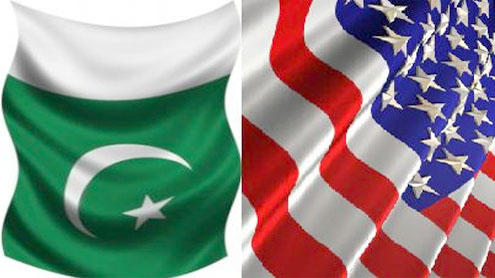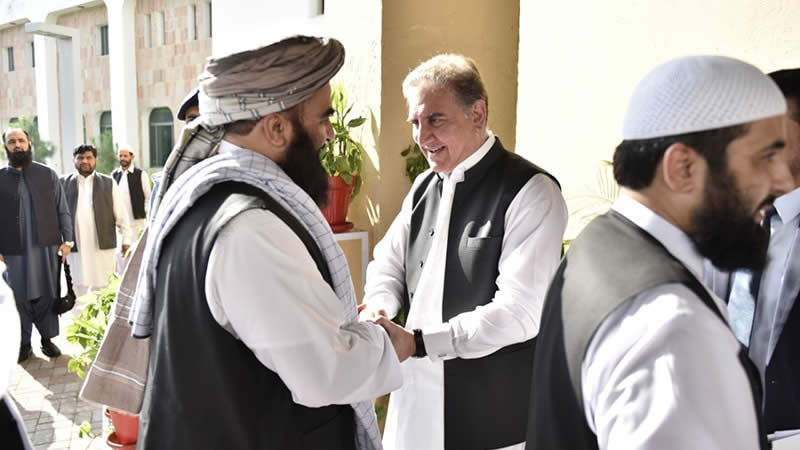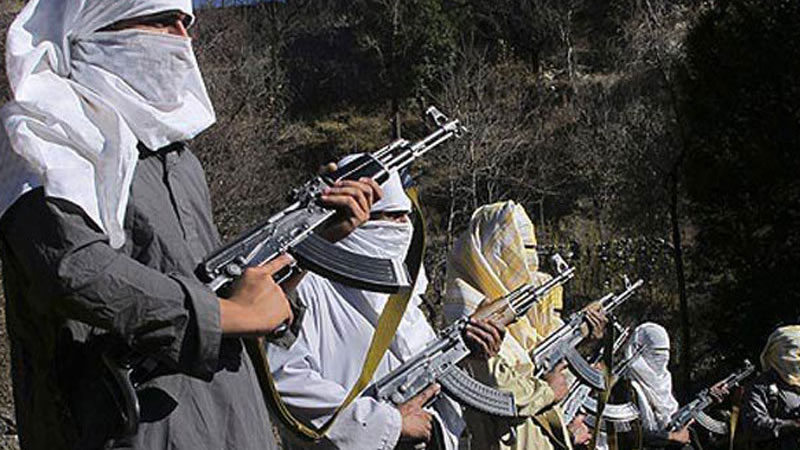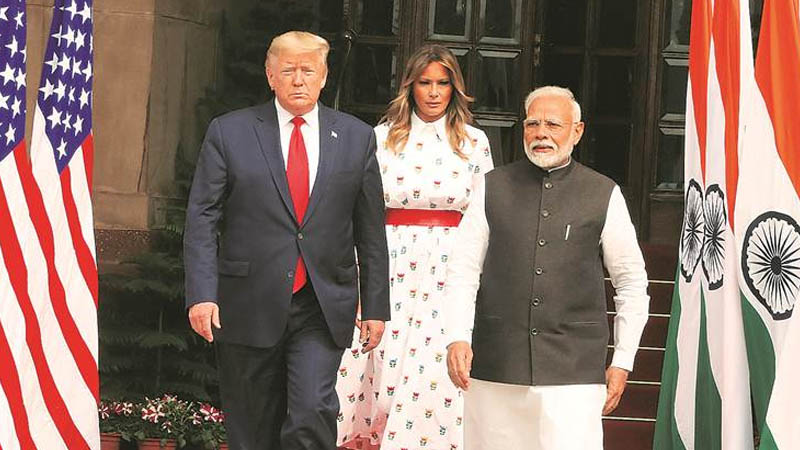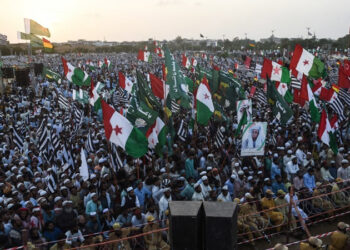 The troubled Pak-US relationship seems headed for more choppy waters. In its latest semi-annual report to Congress, the White House has critiqued Pakistan’s lack of a robust plan for defeating the insurgency on its soil. The report says Pakistan struggles to hold areas cleared of al Qaeda-linked fighters at great cost. It quotes the example of military operations in Mohmand and Bajaur Agencies that started in January this year, the third such operation in two years.
The troubled Pak-US relationship seems headed for more choppy waters. In its latest semi-annual report to Congress, the White House has critiqued Pakistan’s lack of a robust plan for defeating the insurgency on its soil. The report says Pakistan struggles to hold areas cleared of al Qaeda-linked fighters at great cost. It quotes the example of military operations in Mohmand and Bajaur Agencies that started in January this year, the third such operation in two years.
The operation has been hampered, the report argues, by underestimated terrorist resistance, poor weather (winter), the need to settle internally displaced people and the discovery of several caches of improvised explosive devices. While acknowledging the “tremendous human sacrifices” by the Pakistani forces, the report states that there seems no ‘hold’ and ‘build’ planning or efforts to complement the ongoing clearing operations. This means there is no clear path to defeating the insurgency despite the deployment of 147,000 forces in the area. Reports in our media say a similar situation persists in Swat, considered one of the more successful military campaigns. The reconstruction task to consolidate the hold of the authorities on the valley has gone abegging, partly because of a shortage of funds and the tawdry pace of US aid for the purpose, raising concerns about the possibility of a resurgence of the Taliban in that area. The White House report recognises the need to strengthen the trilateral dialogue with Pakistan and Afghanistan and ‘celebrates’ the survival of US-Pakistan military cooperation despite the Raymond Davis affair and strains surrounding NATO/ISAF incursions into Pakistani territory, which led to the temporary closure of the Torkham border.
On Afghanistan, the report says bloodshed, particularly of civilians, is rising because the insurgents are increasingly turning to soft civilian targets. Pakistan’s sustained pressure on the Pak-Afghan border and the denial of safe havens to Afghan insurgents remain crucial to efforts to defeat al Qaeda. Progress in the relationship with Pakistan has been substantial over the last few years, but uneven. On the other hand, absenteeism and attrition pose great risks to the quality of the Afghan national security forces, whose development is central to the US/NATO plans to begin withdrawing troops starting this June.Meanwhile, in a reminder of the nature of guerrilla warfare, the Wall Street Journal has reported that al Qaeda is gradually returning to eastern Afghanistan, setting up bases for the first time in years in the wake of the withdrawal of US troops from the area to more populated centres. In stark contrast to the hope of the US command that the insurgents would follow the withdrawing troops to engage them in and around the more populated centres, the insurgents have stayed put and expanded their territorial influence in the vacuum left behind by the US troops.
The two reports above point to the same phenomenon: the protracted nature of insurgency and counter-insurgency, involving many such see-saw changes of control between the contending sides. If the White House report criticises Pakistan for having to conduct operations again and again in ‘cleared’ areas as evidence of a lack of ‘hold’ strategy, the same could be ascribed to the Petraeus strategy of retreating from isolated outposts to more populated centres, thereby ‘abandoning’ huge swathes of territory to the tender mercies of the insurgents. Guerrillas rely on the inherent contradiction between holding territory and conducting pro-active operations against insurgents by a conventional army. The insurgents in Pakistan’s FATA and eastern Afghanistan have imbibed this lesson well.The White House report makes no mention of the repeated demand for an operation in North Waziristan, considered the last remaining solid redoubt of the insurgents. However, it also tilts against the civilian government, calling it weak, divided and inefficient. Combined, the strictures of the report against Pakistan’s military and civilian government will no doubt add fuel to the fire of the already troubled relationship. The military has already expressed its irritation at factual and conceptual errors it sees in the report. The civilian government so far is practising a diplomatic silence. Where this latest episode will lead is anyone’s guess. Both sides are joined out of necessity in a symbiotic embrace that does not easily lend itself to disengagement, while continuing to suffer the slings and arrows of outrage at each other’s perceived failures. – Dailytimes


